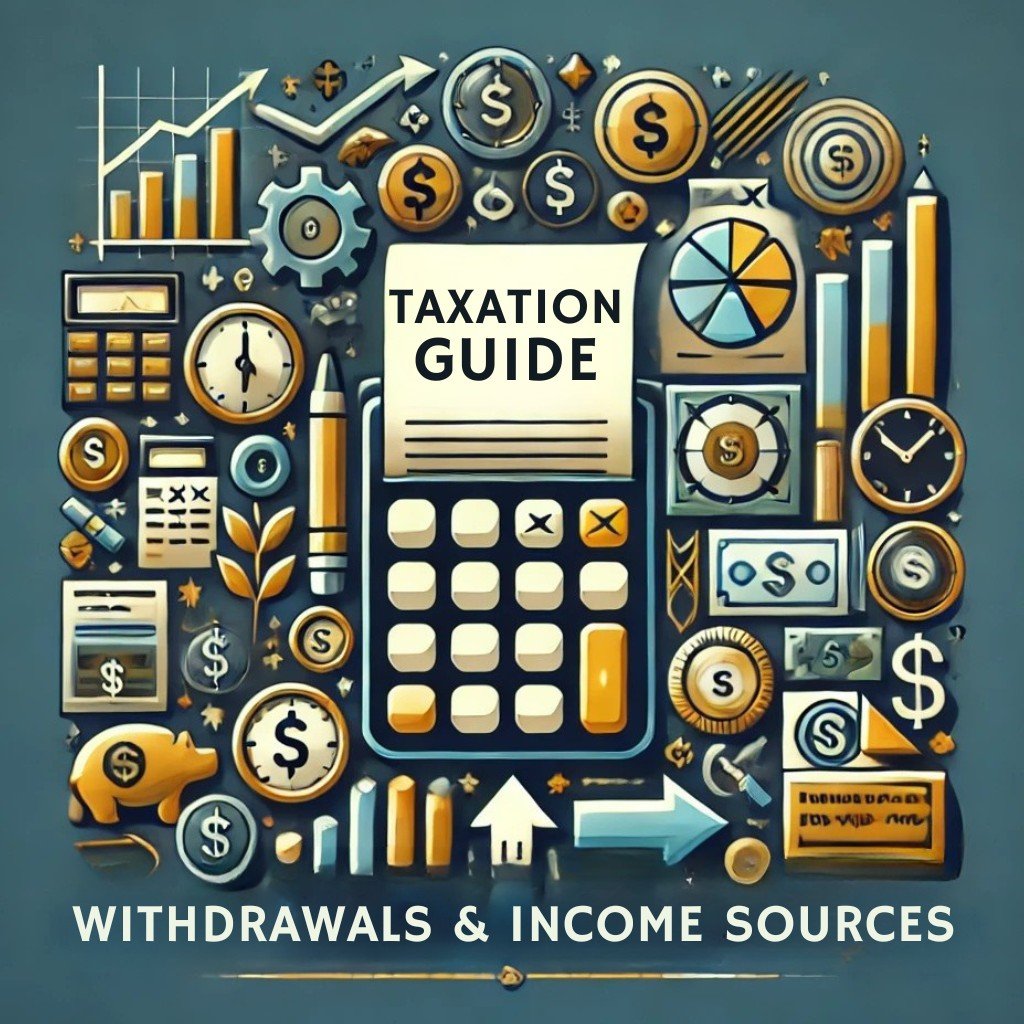Taxation Guide to Withdrawals & Income Sources: Smart Financial Planning for 2025
Managing taxes on withdrawals and income sources is a crucial aspect of financial planning, especially for retirees and investors. The Taxation Guide to Withdrawals & Income Sources provides essential insights into how different income streams are taxed, how to minimize liabilities, and how to make strategic financial decisions for 2025 and beyond.
Whether you receive income from retirement accounts, Social Security, pensions, annuities, investments, or other sources, each has unique tax implications. Understanding how these withdrawals affect your overall tax bracket can help you develop a smart withdrawal strategy that keeps more money in your pocket.
One key strategy is tax-efficient withdrawal sequencing, where you draw from accounts in a specific order to reduce tax burdens. For example, withdrawing from taxable investment accounts first, followed by tax-deferred accounts, and then Roth IRAs can optimize your financial outlook. Additionally, knowing how capital gains taxes, Required Minimum Distributions (RMDs), and estate planning taxes work can help prevent unexpected tax bills.
This guide also explores tax deductions, credits, and exemptions that may apply to retirees, self-employed individuals, and investors. It outlines methods such as charitable contributions, Roth conversions, and tax-loss harvesting to legally reduce tax burdens.
With proper planning and knowledge, you can make informed decisions that align with your long-term financial goals. Whether you are approaching retirement or managing multiple income streams, this guide ensures you have the right strategies in place to maintain financial stability and maximize tax efficiency.

